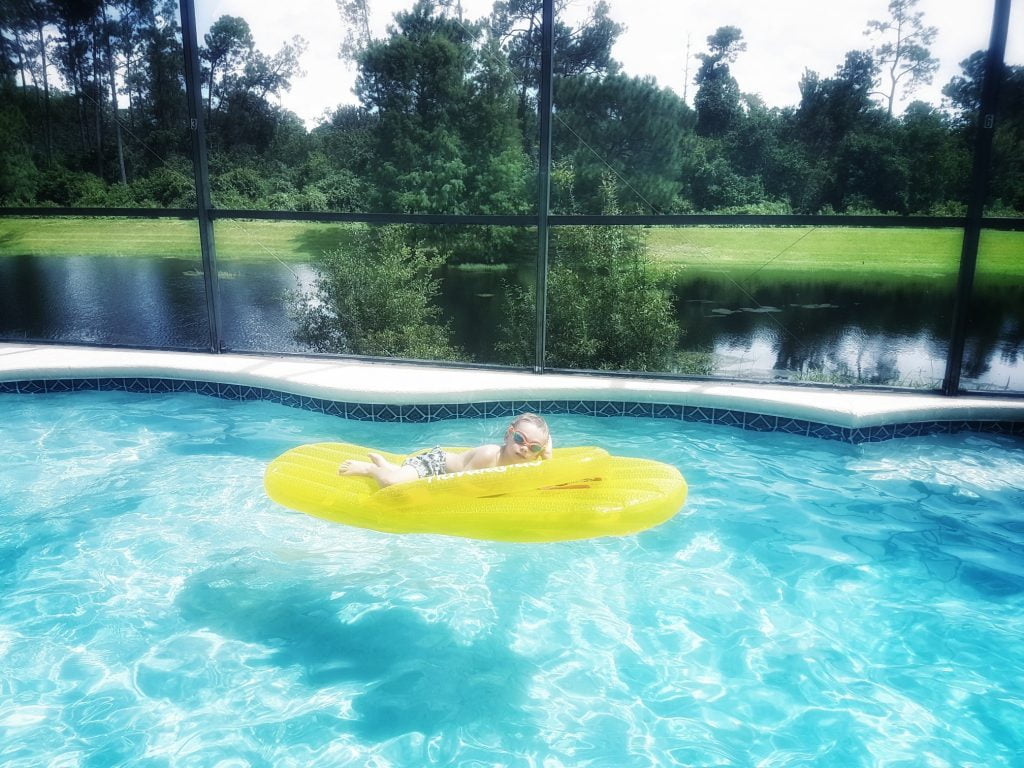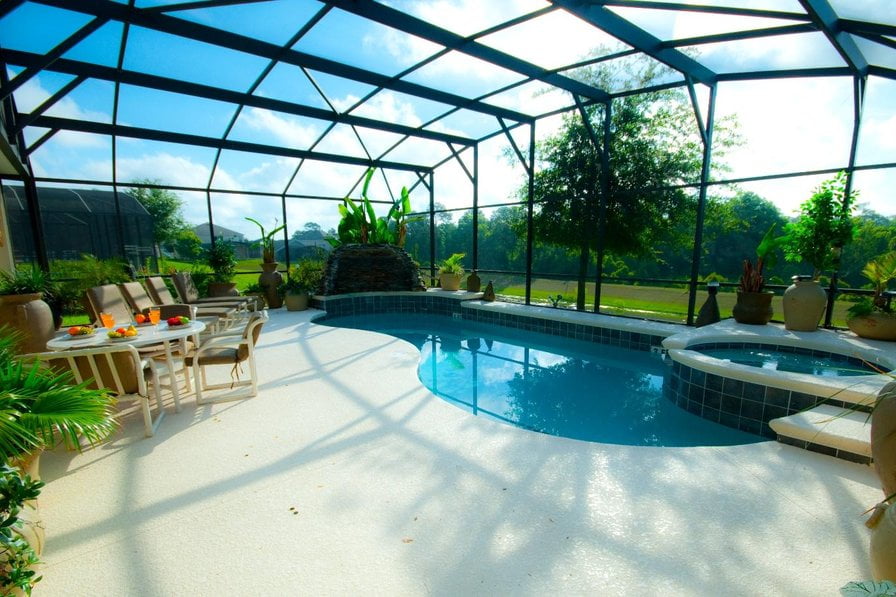Safety first: Pools and children
Building a pool in your backyard can be a great way to enjoy the summer if you live in a country where that is feasible – and any experienced parent will attest that they’ll keep kids entertained for hours – but safety should be a top priority, especially if you have a baby or young child who doesn’t know how to swim.
Pool safety is important not only for your own children, but for other kids in the neighbourhood, pets, and preparing your children for when you’re not around.
World facts about pool kid’s accidents
According to the CDC:
- More children ages 1–4 die from drowning than any other cause of death.
- For children ages 5–14, drowning is the second leading cause of unintentional injury death after motor vehicle crashes
- Every year in the United States there are an estimated 4,000 fatal unintentional drownings—that is an average of 11 drowning deaths per day
Truly terrifying but, many of these drownings are easily preventable. That’s where you as a parent step in – you have a duty to ensure your pool is safe and that your children know better than to enter the pool without adult supervision.
Safety checklist before installing your pool
Here are some safety features you should be sure to have before your children take their first dip into your new pool! During the pool installation process, inquire about the following:
Fences
A fence around the pool area can help prevent accidental drownings by keeping young children and infants out of the pool area when you’re not around. Make sure to choose a fence that is at least 4 feet high and has a self-closing and self-latching gate.
Suction and VGB Laws
Virginia Graeme Baker was a child who tragically drowned in 2002 due to entrapment in a spa suction outlet. In 2007, the Virginia Graeme Baker Pool and Spa Safety Act (VGB Act) was signed into law, requiring that all public pools and spas have at least one of the following safety features to prevent entrapment in the pool’s suction outlets:
- A safety vacuum release system (SVRS) that automatically shuts off the pump if it detects entrapment in the suction outlet.
- A suction-limiting vent system that limits the amount of water that can flow through the suction outlet.
- A gravity drainage system that allows water to flow out of the pool through a separate drain with the similar purpose of aquatics water meters.
- A pool and spa drain cover that meets specific standards established by the American National Standards Institute (ANSI) and the American Society of Mechanical Engineers (ASME)
While the federal VGB Act only applies to public pools and spas, it provides a good guideline for pool safety, so installing one of those safety features in your home vinyl, concrete, or fibreglass pool is recommended, even required in some states.
Alarms
Consider installing an alarm system that will alert you if someone enters the pool area. These can include door alarms, gate alarms, and even water alarms that will sound if someone falls into the pool.
Pool covers

A pool cover can provide an additional layer of protection by keeping children and babies out of the pool when it’s not in use. Make sure the cover is designed for safety and is properly installed.
Best Practices
Beyond the hardware in and around the pool, parents have some responsibilities of their own when it comes to encouraging, modelling, and supporting pool safety.
Education and Rules
Educate yourself and your family about pool safety and drowning prevention. Make sure everyone knows how to swim and understand the dangers of the pool. Make the rules and expectations around the pool clear for your children – they are not to enter the pool area without supervision, just as they wouldn’t run in the street without an adult. Only adults should perform pool maintenance. Regularly enforce these rules just like all other household rules.
Talk with other parents about the safety features you’ve installed. Share your plan to keep your kids safe. If there’s a drowning in your town, use it as an opportunity to organise and fight for stronger pool regulations.
Know what drowning looks like
It’s not usually the splashing and flailing like you see in the movies. When kids drown, it’s often subtle and silent. They’ll struggle to stay afloat, often when they are standing vertically with their head dipped back.
Invest in swim lessons
Consider it a healthcare or wellness expense, like sports, exercise, and healthy foods for your children. Kids need to know how to swim not only to stay safe in your pool, but for whatever bodies of water their lives will take them to, whether they’re at the beach, at a friend’s lake house, or simply in their adult lives! Try as you might, you won’t always be around for everything as a parent. Even just a few quick lessons can make the difference between life and death.
Conclusion
Pools are a terrific investment, but it’s necessary to take proper caution, especially when you have children. Follow these safety steps to be able to relax with the peace of mind that your pool is as safe as it possibly can be for your entire household.


